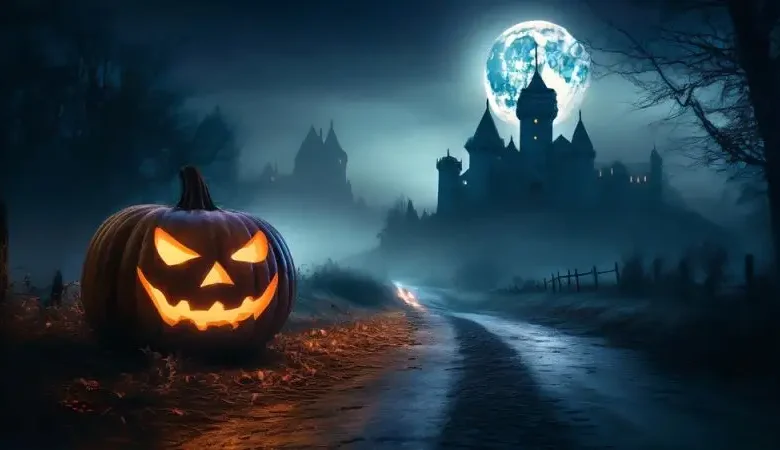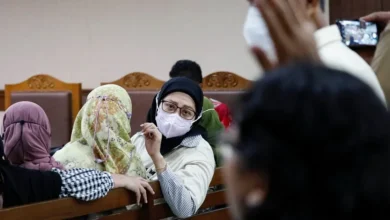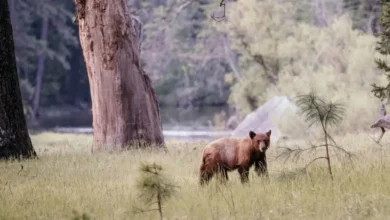Halloween traditions around the world

Halloween, celebrated on October 31, is known for spooky costumes, trick-or-treating, and pumpkin carving in many parts of the world, especially in the United States. However, different countries and cultures have their own unique ways of marking this eerie occasion.
Let’s take a look at some of the most fascinating Halloween traditions around the globe.
1. Ireland and Scotland
The origins of Halloween can be traced back to the ancient Celtic festival of Samhain, celebrated in Ireland and Scotland. Samhain marked the end of the harvest season and the beginning of winter, a time when the Celts believed the boundary between the living and the dead was blurred. Today, both countries still observe traditional customs like bonfires, storytelling, and games. In Ireland, children dress up in costumes and go door-to-door for treats. The tradition of “bobbing for apples” is also a popular Halloween game in these regions.
2. Mexico: Día de los Muertos
In Mexico, Halloween blends with the cultural tradition of Día de los Muertos or the Day of the Dead, celebrated on November 1 and 2. Instead of a spooky or frightful atmosphere, this is a joyful celebration of loved ones who have passed away. Families build ofrendas (altars) decorated with photos, marigolds, sugar skulls, and favorite foods of the deceased. They believe the spirits of the dead visit the living during these days, and the celebration serves as a reunion between families.
3. Japan: Kawasaki Halloween Parade
In Japan, Halloween has become more popular in recent years, primarily as a commercial celebration rather than a spiritual one. The Kawasaki Halloween Parade is one of the largest and most famous Halloween events in Japan. Held in Tokyo, thousands of people dress up in elaborate costumes and take part in the parade. Unlike Western trick-or-treating, the focus is more on parties, parades, and cosplay.
4. The Philippines: Pangangaluluwâ
In the Philippines, a Halloween tradition called Pangangaluluwâ closely resembles caroling. Children go from house to house singing songs and asking for prayers for the souls in purgatory. In return, they receive treats or money. While this custom has faded over time, it is still practiced in rural areas, especially on All Saints’ Day and All Souls’ Day, which are celebrated on November 1 and 2.
5. Italy: Ognissanti
Halloween in Italy coincides with the Catholic tradition of Ognissanti, or All Saints’ Day, celebrated on November 1. Families visit cemeteries to clean and decorate the graves of loved ones with flowers and candles. While Halloween itself isn’t widely celebrated, Italy is increasingly adopting the fun and costume aspect of the holiday, with parties and trick-or-treating becoming more common in urban areas.
6. Germany: Stille Nacht
In Germany, Halloween coincides with a period called Stille Nacht or Allerheiligen (All Saints’ Day). During this time, families remember their deceased loved ones by visiting graves and lighting candles. Traditionally, Germans hide their knives on Halloween night, believing that spirits might harm themselves or others if they find them. Halloween parties and celebrations have become more common in recent years, especially among younger generations.
7. Romania: Halloween at Dracula’s Castle
Romania, known for its association with the legendary vampire Count Dracula, offers one of the spookiest Halloween experiences in the world. In the region of Transylvania, travelers and locals alike celebrate Halloween with ghost tours, costume parties, and eerie events at Bran Castle, which is often referred to as Dracula’s Castle. While Halloween isn’t traditionally celebrated in Romania, the association with Dracula has turned the country into a popular destination for Halloween festivities.
8. United States: Trick-or-Treating and Haunted Houses
Halloween is most famously celebrated in the United States, where the holiday has become a major cultural event. Children dress up in costumes and go trick-or-treating, going from house to house to collect candy. People decorate their homes with spooky themes, carve jack-o’-lanterns, and participate in haunted houses or Halloween parties. The spirit of fun, fright, and community is at the heart of American Halloween celebrations.
9. China: Teng Chieh
In China, Halloween is observed through the traditional festival of Teng Chieh, where people honor their deceased ancestors. Food and water are placed in front of photos of dead relatives, and lanterns are lit to help guide spirits back to the Earth. Additionally, the Hungry Ghost Festival, which is similar to Halloween, is celebrated in the seventh month of the lunar calendar. People leave food and gifts for the restless spirits that wander the Earth during this time.
10. France: A Growing Celebration
In France, Halloween was not traditionally celebrated until recent years, where it has grown in popularity due to American cultural influence. Although it remains less popular than in the U.S., many French people now throw costume parties and decorate stores and homes for the occasion. The French still focus more on All Saints’ Day (La Toussaint), when families visit cemeteries and place flowers on graves.
While Halloween may have started with ancient Celtic traditions, it has grown into a global celebration with each country adding its own unique spin. From the colorful parades in Japan to the solemn remembrance of loved ones in Italy, Halloween brings together diverse traditions, blending the fun and the sacred across cultures.











